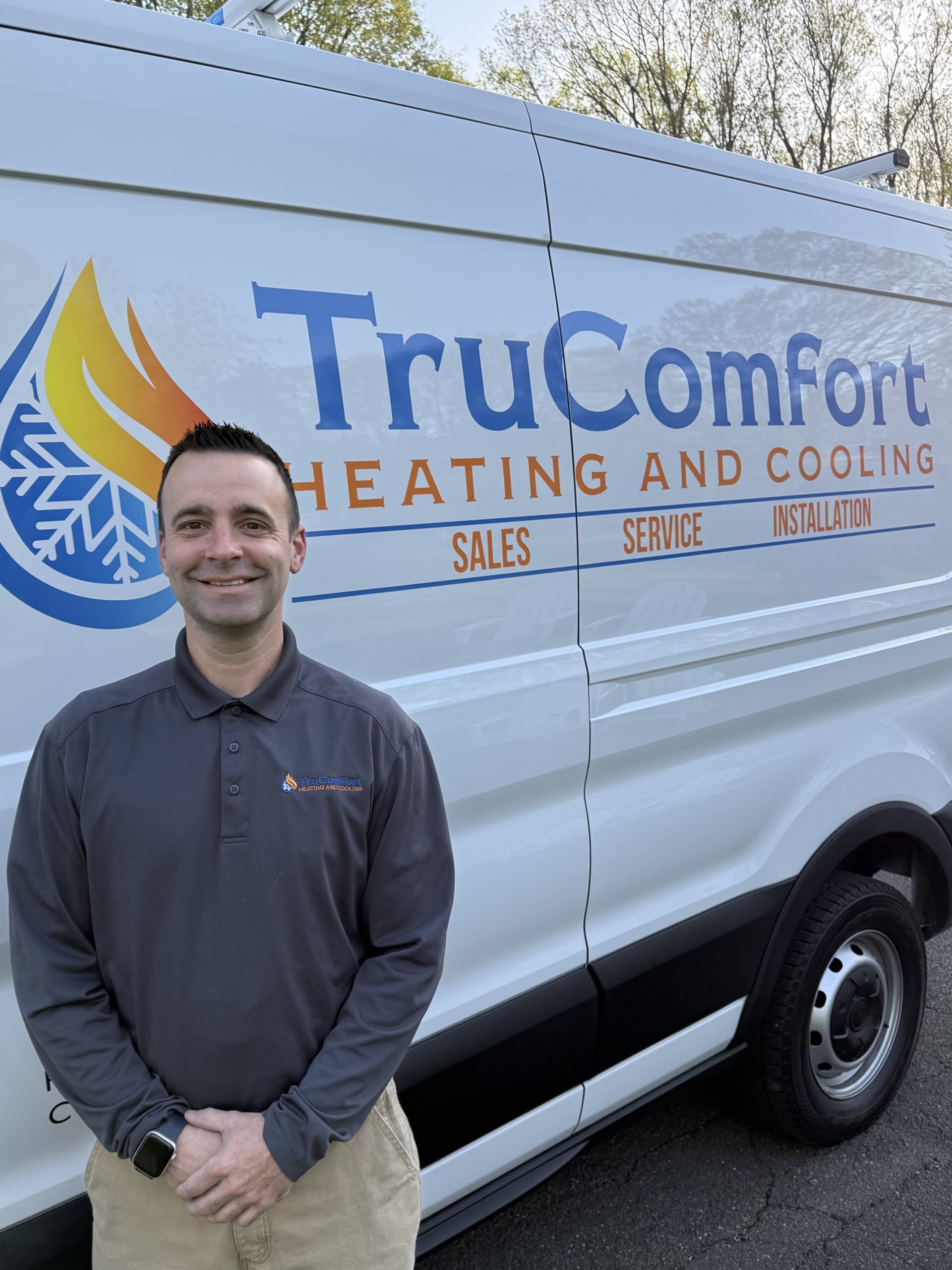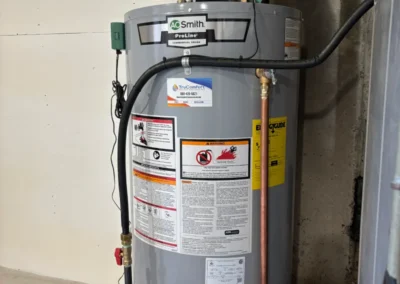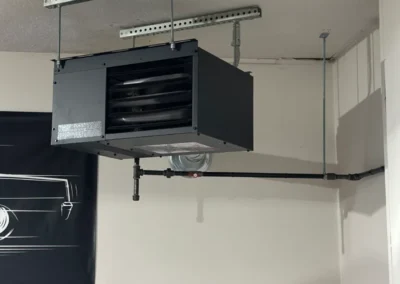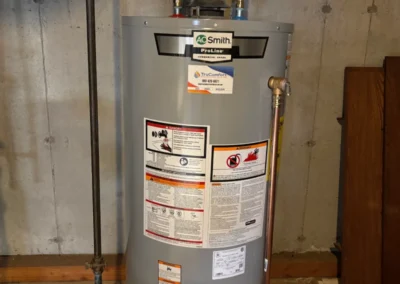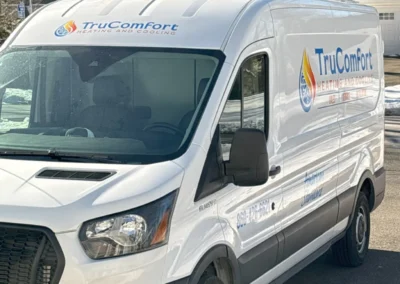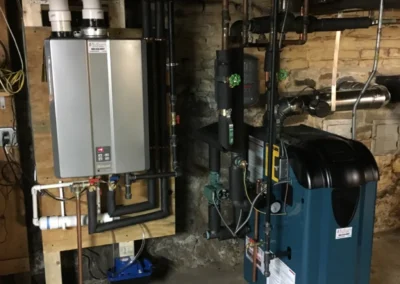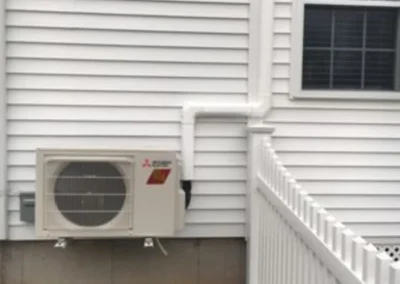Comfort You Can Count On
TruComfort Heating and Cooling Of Southington, CT
Proudly serving Southington, Cheshire, Plainville, Bristol, Avon, Farmington, West Hartford, and beyond, TruComfort Heating and Cooling delivers expert heating and cooling solutions with reliability and care. Whether you need installation, repairs, or maintenance, our team ensures your home stays comfortable year-round. Trust us for quality service, honest pricing, and exceptional workmanship in your community!
About TruComfort Heating and Cooling
At TruComfort Heating and Cooling, we’re more than just a heating and cooling company—we’re a local, family-owned business committed to keeping our community comfortable. With over 20 years of experience in the HVAC industry, we take pride in delivering personalized service, honest advice, and quality workmanship to every customer.
Learn More
As a family-run business, we understand the importance of maintaining a comfortable home throughout the year. Whether you need routine maintenance, emergency repairs, or a system upgrade, our certified technicians treat every home as if it were their own—with care, respect, and attention to detail.
Our dedication to customer satisfaction and community values sets us apart. When you choose TruComfort Heating and Cooling, you’re not just a client—you’re part of the family. Let us be your trusted partner for all your heating, cooling, and water heater needs, helping you stay comfortable in every season.
Our heating and Cooling Services
At
TruComfort Heating & Cooling, we provide expert
heating installation, repair, and
maintenance
as well as
cooling system services
in Southington, CT. Our team works on all major
HVAC systems, delivering reliable comfort,
better energy efficiency, and long-lasting
performance to keep your home running at its
best year-round.
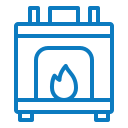
Heating Services
Stay warm with our high-efficiency furnaces, heat pumps, and boilers. From installation to seasonal tune-ups and emergency repairs, we keep your system running smoothly.

Air Conditioning Services
Beat the heat with our reliable AC solutions. We offer professional installations, fast repairs, and energy-efficient upgrades to maximize cooling comfort.

Indoor Air Quality Services
Breathe cleaner air with our purification systems, humidity control, and ventilation improvements. Our solutions enhance indoor air quality for a healthier home.

Ductless Systems
Enjoy flexible comfort with high-efficiency ductless systems. Perfect for any space, these energy-saving solutions provide customizable temperature control.
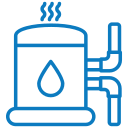
Water Heaters
Ensure a steady hot water supply with our expert water heater services. We install and replace gas, electric, tankless, and hybrid systems with same-day availability
HVAC Repair
Table of Contents
Why Quality HVAC Repair Matters
Homeowners face a non-negotiable reality: HVAC systems only operate as reliably as their maintenance and repair allow. Neglect is not a cost-saving measure. In Connecticut, delayed service transforms minor heating or cooling issues into system-wide failures at the worst possible moments. TruComfort Heating and Cooling has documented hundreds of cases where a $29 filter replacement ballooned into $1,500 emergency repairs because property managers waited too long. Energy Star data demonstrates that scheduled maintenance reduces annual repair costs by nearly 40%. Ignoring early signs guarantees not just discomfort but wasted money and shorter equipment lifespan.
What This Guide Covers
Trust this guide to eliminate guesswork. You'll find the essential breakdown of common HVAC repair issues, realistic cost ranges tested in real Connecticut homes, the hard line between repairs and full system replacement, proven preventive maintenance steps, industry benchmarks for repair frequency, and the tipping point when DIY becomes a liability. Sections draw local expertise from TruComfort, ensuring advice reflects Connecticut-specific problems as well as national standards.
Who Should Read This
This resource is non-negotiable for Connecticut homeowners, property managers, and the substantial number of renters who pay for repair out of pocket. DIY-inclined decision-makers who think they can outsmart system failures with online tutorials need a reality check. Data and hands-on experience back every claim in this guide, ensuring no reader is left relying on wishful thinking.
HVAC System Basics
Most homeowners assume HVAC repair revolves around mysterious, inaccessible components. Reality is simpler: systems fail for knowable, preventable reasons. Every TruComfort technician knows a furnace's main vulnerabilities before the first panel opens.
Key Components Explained
Furnaces drive winter comfort by burning fuel or running electric elements, but 70% of service calls trace back to predictable issues: burner contamination, ignition failures, or blower motor problems. Air conditioners rely on compressors, evaporator and condenser coils, plus precise thermostat controls. Poor wiring often triggers the cascade of system failures. Heat pumps and ductless systems add complexity but share common weak links: refrigerant line leaks, electrical part failures, and airflow restrictions. Ductwork rarely draws attention until dust, debris, or disconnected runs rob systems of capacity, driving up repair visits and energy bills.
Thermostats deserve special mention--miscalibrated controls trick homeowners into believing entire systems need replacement, yet calibration or battery swaps restore performance in minutes. Controls, sensors, relays, and safety switches round out the repair ecosystem. Every one of these elements represents a critical failure point when neglected.
How Systems Age
Field data from TruComfort's service logs shatter the myth that new HVAC equipment is immune to breakdowns. Half of all first-repair calls occur within the first seven years, often traceable to skipped seasonal checkups or improper installations. After year ten, major repairs--blowers, compressors, control boards--become standard.
A furnace may last 15-20 years, but reliability plummets once corrosion, heat stress, or electrical fatigue set in. Air conditioners average 10-15 years, with coil corrosion and refrigerant leaks rising sharply after the first decade. Heat pumps live 10-15 years with annual repair needs outpacing other system types after year eight. Boiler systems enjoy longer average lifespans but carry higher repair bills when things do go wrong.
Common System Types
Homeowners get sold on the illusion that system selection is about luxury or features, but service records show otherwise:
- Furnaces last 15-20 years, with frequent ignition, blower, and heat exchanger repairs after a decade.
- Heat Pumps provide heating and cooling but require more frequent repairs as they age, especially for refrigerant and control issues.
- Boilers offer long life (up to 30 years), but their rare failures are often costly.
- Packaged Systems combine heating and cooling in one unit; repairs can affect both functions simultaneously.
Repair frequency is not a factor of the manufacturer's promise, but the homeowner's discipline in maintenance and error detection.
System Type Comparison Table:
System Type Average Lifespan Repair Frequency Notes| Furnace | 15-20 years | Moderate after 10 years | Ignition, blower, or heat exchanger failures most common |
| Heat Pump | 10-15 years | Frequent after 8 years | Refrigerant leaks, control board faults, frequent service required |
| Boiler | 15-30 years | Low but costly | Rare repairs, but expensive part/labor when issues arise |
| Packaged System | 10-20 years | Moderate | Combined failures may require more extensive repairs |
Data based on industry averages and TruComfort service records.
Common Repair Issues And Costs
Conventional wisdom says all HVAC failures are unpredictable. That's a myth used to justify inflated repair pricing and unnecessary emergency callouts.
Top Repair Problems
TruComfort's local data proves the same few issues account for over 80% of service calls:
- No heat or cooling due to failed igniters, blown fuses, or malfunctioned relays
- Thermostat malfunctions, often due to low batteries or miswiring
- Refrigerant leaks from vibration or corrosion in heat pumps and air conditioners
- Clogged condensate drains, especially in high-efficiency systems
- Blower motor failures triggered by dust and lack of lubrication
- Capacitor failures leading to short cycling or startup failures
- Airflow restrictions from dirty filters or blocked vents
Two repair types--heat exchangers for furnaces and compressor failures in air conditioners--account for the most expensive bills and determine replacement timelines.
Typical Cost Ranges
Connecticut homeowners should expect the following brackets based on data from TruComfort's service pages:
- Refrigerant Recharge: $150-$450
- Capacitor Replacement: $100-$350
- Blower Motor: $400-$1,200
- Ignition/Control Board: $200-$700
- Heat Exchanger Repair/Replacement: $1,500-$3,500
Emergency repairs, after-hours callouts, and specialty systems drive premium pricing--always demand an upfront estimate.
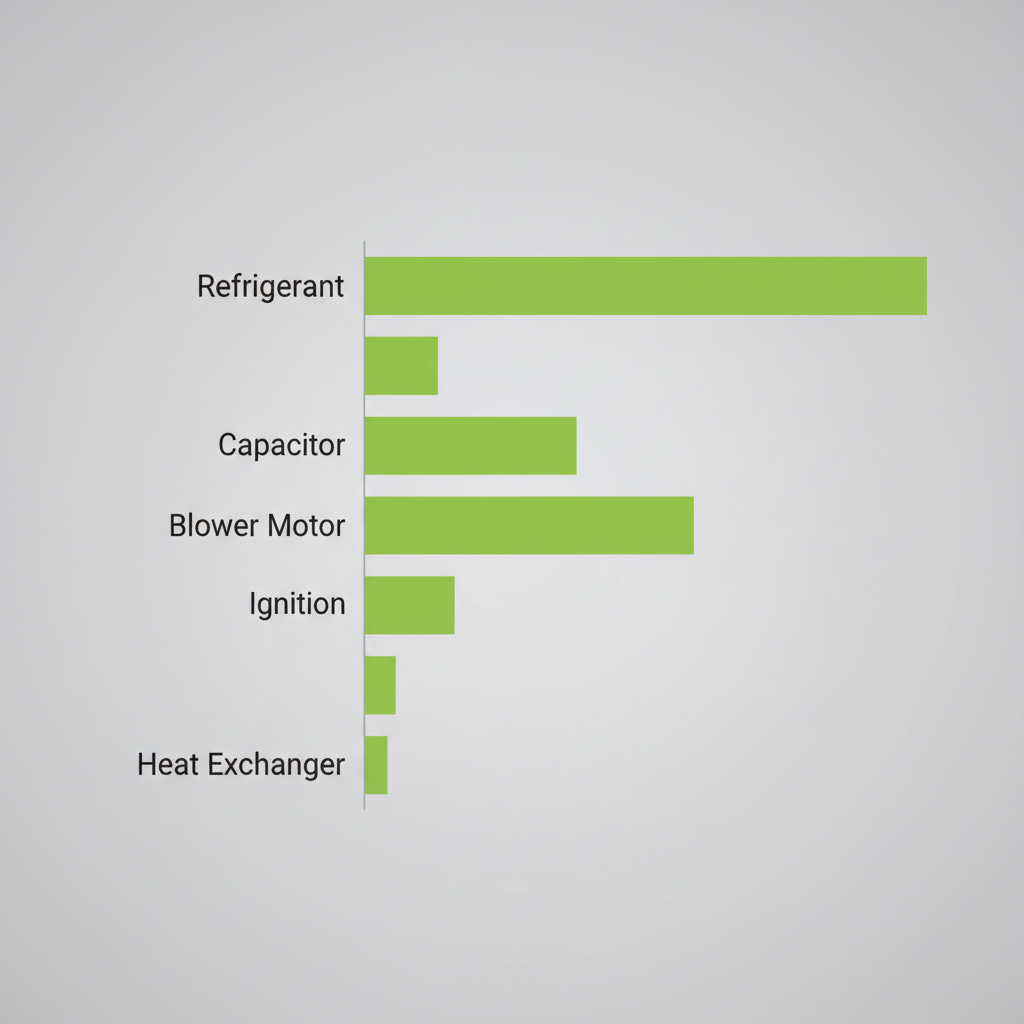
Comparison of average repair costs for common HVAC issues
Diagnostic Process
TruComfort dispatches certified technicians trained to expose the root cause in minutes, not hours. Standard diagnostics involve:
- Inspection of all major components
- Testing refrigerant pressure and electrical continuity with calibrated tools
- Airflow and vent checks
- Safety protocol review for gas, carbon monoxide, and fire hazards
Emergency service is not optional when you experience gas odors, complete heat or cooling loss during weather extremes, or visible water/electrical damage. Service speed is a question of system safety, not mere inconvenience.
Preventive Maintenance And Fixes
Homeowners fixate on repair prices, missing the leverage they have in scheduled maintenance. TruComfort's 20-year local data shows that even basic diligence slashes annual HVAC expenses.
DIY Maintenance Tasks
Routine tasks include:
- Filter replacement every 1-3 months
- Thermostat calibration or battery checks each season
- Clearing supply and return vents
- Cleaning condensate drain lines
- Visual safety inspection of wiring and gas lines
Homeowners who ignore filters, thermostats, and ventilation see repair frequency triple by year ten.
When To Call Technicians
Immediate professional intervention is mandatory for:
- Gas or burning smells
- Complete loss of heating or cooling
- Frozen coils or condensation inside equipment
- Electrical shorts, sparks, or breaker trips
- Loud or persistent unusual noises
Emergency 24/7 service isn't a luxury--it's a risk control requirement in the Northeast climate.
Maintenance Plans Explained
TruComfort's Comfort Care Maintenance Plans offer three strategic tiers:
- Essential: Inspection, basic filter and calibration check
- Elite: Comprehensive seasonal inspection, priority scheduling, discounts on repairs
- Seasonal: Pre-season tune-up focused on heating or cooling only
Benefits include priority response, annual savings on parts/labor, and maximum uptime--turning unpredictable repair bills into a known cost structure.
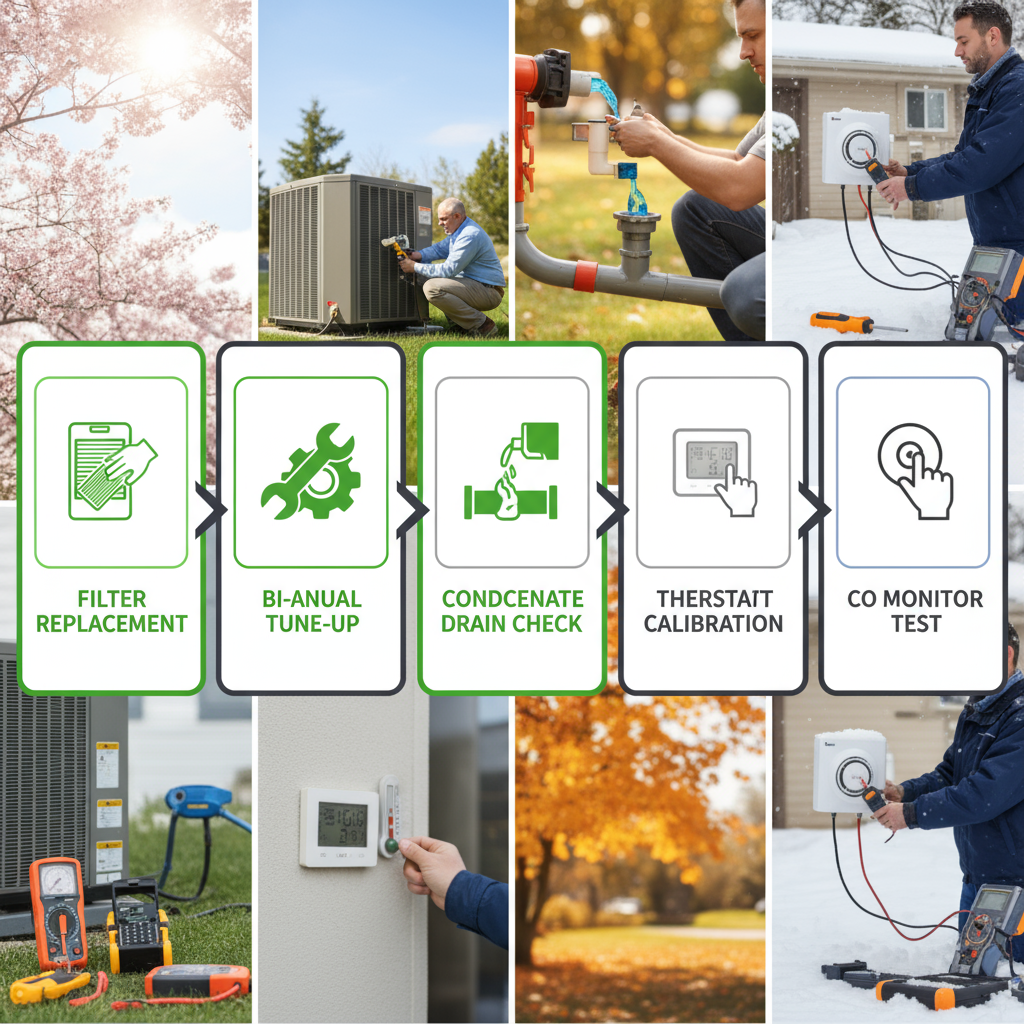
Seasonal HVAC maintenance routine for homeowners, ensuring system longevity and efficiency.
Replacement Considerations
Most homeowners wait too long to upgrade aging equipment, locked into a sunk-cost mindset. TruComfort's inspection data reveals repair costs spike by 300% after 12 years of system age. The most cost-effective move is planning replacement before peak failure season.
Repair Vs Replacement Factors
Key variables driving the decision:
- Equipment age (10+ years is the pivot point)
- Cumulative repair bills approaching 50% of new install cost
- Energy efficiency drops, creating higher utility bills
- Outdated refrigerants, especially R-22, which is no longer EPA-compliant
- Safety issues--like cracked heat exchangers--should override all repair options
Efficiency And Lifespan Impact
Older systems suffer hidden energy loss, raising annual operating costs by up to 30%. New high-efficiency models provide quicker payback and reliability. TruComfort's upgrade clients report up to $900 in first-year utility savings. Delaying replacement turns every breakdown into an investment in obsolete technology.
Timing A System Upgrade
Plan upgrades:
- Before summer or winter rush
- During manufacturer rebate periods
- When multiple repairs hit within a single season
Savvy homeowners use financing options to smooth short-term costs, locking in years of warranty-backed performance.
Repair vs Replacement: An Overview Table:
Consideration Repair Replacement| Short-Term Cost | Low immediate | Higher upfront |
| Long-Term Cost | Escalates with age/issues | Lower over lifespan |
| Impact On Efficiency | Minimal improvement | Substantial gains |
| System Reliability | Declines after 10-12 years | Consistent, covered by warranty |
Data source: TruComfort recommendations, field data, and industry benchmarks.
Common Questions Answered
People Also Ask Responses
- What are the most common HVAC repair issues? Ignition failure, refrigerant leaks, thermostat faults, blower motor burnout, and clogged air filters make up most calls.
- How much does HVAC repair typically cost? $150-$3,500, depending on the part. Budget $300-$600 for average calls but be ready for higher costs if critical components fail.
- When is replacement smarter than repair? When repair costs near half the replacement cost, the system exceeds 12 years, or safety components fail--replacement wins every time.
- Which maintenance steps reduce repair risk? Filter changes, thermostat calibration, routine drain cleaning, and biannual professional inspection cut breakdowns by more than 40%.
- How often do HVAC systems need repair? Most see 1-2 repairs in the first ten years. After year ten, frequency doubles without maintenance.
Making Smart Repair Decisions
Next Actions For Homeowners
Every homeowner trying to stretch system life while keeping costs under control needs non-negotiable steps:
- Schedule a Heating System Inspection
- Follow a year-round maintenance checklist
- Get multiple quotes before spending big on replacements
Where To Get Help
For immediate service, emergencies, or a comprehensive tune-up, contact TruComfort for same-day support, detailed estimates, and trusted Furnace Cleaning. There is no shortcut to peace of mind--schedule today: Schedule Service.
Resources
We welcome your comments!
Our Mission
Our mission is to provide reliable, energy-efficient heating and cooling solutions that ensure the comfort and safety of our customers. We are committed to delivering exceptional service with integrity, innovation, and a focus on quality workmanship. Our goal is to build long-lasting relationships with our customers by exceeding their expectations and enhancing the comfort of their homes all while maintaining a commitment to sustainability and community responsibility.
Our Value
We are dedicated to delivering exceptional service through honesty, integrity, and professionalism. Our values center on quality craftsmanship, customer satisfaction, and continuous improvement. We prioritize safety, reliability, and respect in every interaction, ensuring that every customer feels valued and every job is completed to the highest standards. We embrace innovation and sustainability, striving to provide energy-efficient solutions that enhance comfort and reduce environmental impact. Our team is committed to fostering trust and building lasting relationships with our customers and community.
Comfort Care Maintenance Plans
Protect your HVAC investment and enjoy peace of mind with our Comfort Care Maintenance Plans. We offer a plan for every budget and situation, designed to keep your system running at peak performance year-round. Regular maintenance not only extends the life of your equipment but also improves energy efficiency and prevents unexpected breakdowns.
Elite Plan
Full system cleaning added benefits, including priority service and discounts on repairs.
Essential Plan
Ideal for basic, routine check to keep your system running smoothly.
Elite Winter Plan
Tailored maintenance focused on your heating system to ensure warmth and reliability through the colder months.
Elite Summer Plan
Specialized maintenance for your cooling system to keep you cool and comfortable during the hottest months.
